Making your home more water-efficient doesn’t have to be an expensive process. Although new gadgets and appliances can help, there are also some simple practices that make a big difference.
Fix leaks
One of the easiest ways to be more water-efficient is to get any leaks fixed. Leaks in toilets can waste 600 gallons of water per month. Leaks in faucets waste anywhere from 140 to 450 gallons per month. Water in the United States doesn’t cost a lot – about $2 for 1,000 gallons and then a penny per gallon after that – but it adds up over time, making it less costly and more environmentally-friendly to pay the plumber.
To check for leaks easily, get to know your water meter. Check it before leaving the house and again when you get back. If it changed, you have a leak.
Don’t Let Water Run
Almost everyone knows to turn off the water while brushing their teeth because it wastes water. The same applies when washing face and hands, shaving and washing dishes.
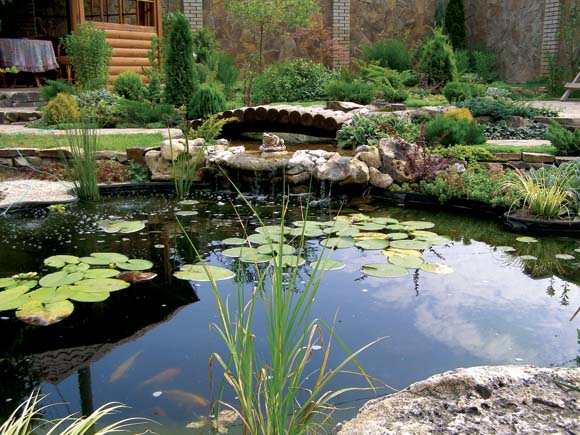
Full Loads
Wait until you have a full load before washing dishes in the dishwasher or doing a load of clothes. Smaller loads of dishes use just as much water. Even on a washing machine, where you can set a load to “small”, it’s better to wait until you have a larger load. This means you’ll be doing fewer loads, so you won’t use as much water superfluously.
Treat Toilets Properly
Toilets use about 27% of water, depending on whether or not you have a dishwasher and the type of toilet you use. Every time you flush an old toilet, one installed before 1993, you use between 3.5 and 8 gallons. One easy way to reduce water consumption is to not use the toilet as a wastebasket: don’t flush tissues, cigarettes or other trash down them. Other ways include making sure that the toilet flapper closes after it flushes and not flushing more than once per use.
Water Your Lawn Correctly
Would you guess that the lawn accounts for 30-55% of water usage in the average home? Fortunately, there are a lot of ways to cut back, including:
- Setting timers to turn sprinklers on and off automatically
- Avoiding over-watering, which is worse than under-watering
- Moving the sprinkler in cycles, to water a different patch of lawn each day
- Letting the ground get soaked so roots can soak up the water
- Using mulch to reduce evaporation
- Turning off the sprinkler when it rains
- Planting native plants, since they need less water
- Watering in the morning to prevent evaporation and mold
Make Some Investments
Buying newer toilets, faucets and showerheads can also increase efficiency. Toilets built after 1993 use about 1.6 gallons per flush, compared to the average 4 gallons used by an older toilet. Dual-flush toilets are also available, which provide different options for liquid and solid waste.
Newer faucets in the kitchen and bathroom reduce flow rates to 1-2 gallons per minute, saving 40%. Similarly, updating shower heads to post-1995 models reduces water usage by 50%.
Installing a greywater system can cost between $300 and $500, but it allows you to reuse about 60% of the water used around the house for the toilet and the lawn.
Making your home more water-efficient saves money and help the earth. It’s a benefit to the local community and the nation, particularly since 2009, when 45 states reported suffering from water-stress. Even small, no-cost changes in your home can be beneficial.
Featured images:
- Photo provided by: smartphotostock.com
Charlie Teschner started MESA Plumbing, Heating, and Cooling in 1982. Charlie has a journeyman and master plumber’s license. He was raised with a strong work ethic and he now applies those values to running MESA with his team of Longmont plumbers.
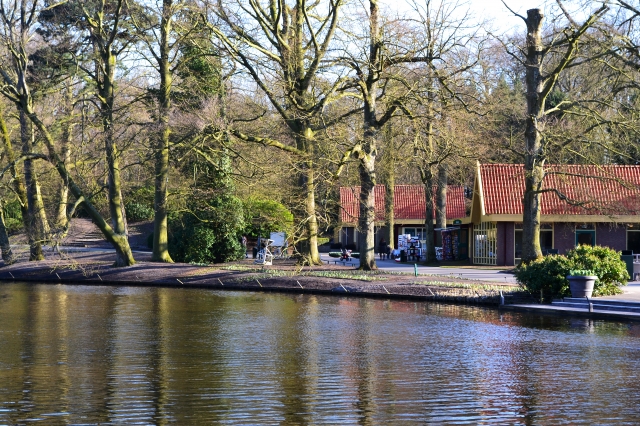
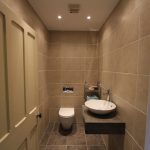

















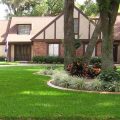
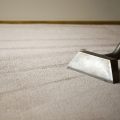
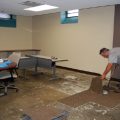





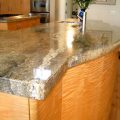



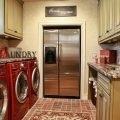
No Comments
Leave a comment Cancel